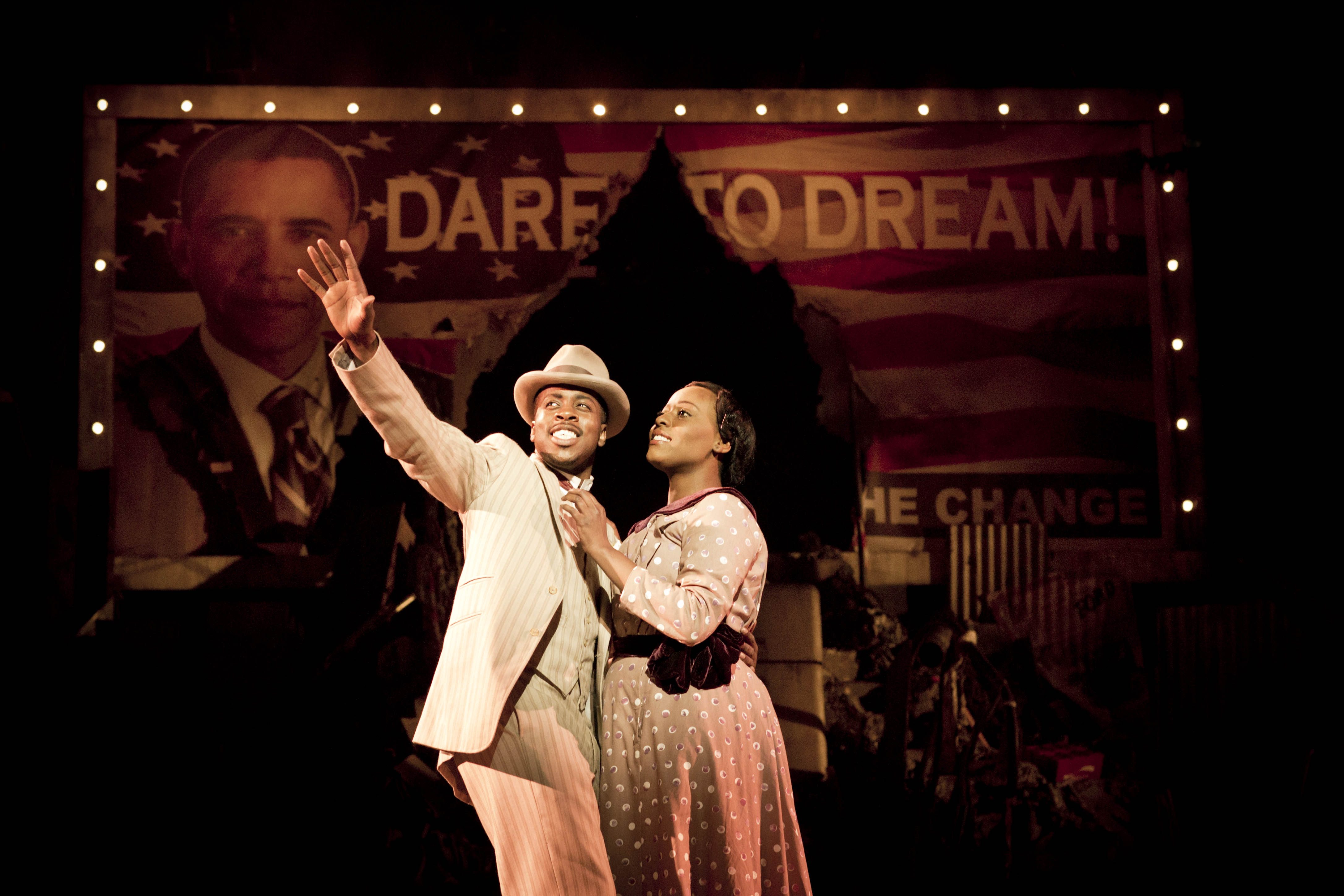

And every Sunday the racist local firefighters harass him.Īround the same time Tateh (Zachary Prince), a Jewish immigrant, arrives in America with his daughter (Sonnie Betts), in search of the American dream. (Derrick Davis), a Harlem Ragtime piano player, a smooth talker, and a stylish dresser, who wants to marry Sarah and comes courting every Sunday driving a flashy model T Ford. The baby’s father is Coalhouse Walker Jr. While her husband, referred to in the text as Father (Daniel Jenkins), is traveling with Admiral Peary to the North Pole, Mother rescues a young Black woman, Sarah (Kyrie Courter) and her newborn baby by bringing them into her home to live with her, an act that Father, undoubtedly, would not have approved. The plot cleverly blends the stories of three families into a compelling melodrama filled with notorious characters from the period like, Emma Goldman (Victoria Huston-Elem), Evelyn Nesbit (Cathryn Wake), Harry Houdini and more, but at the core is Mother (Lora Lee Gayer), a wealthy, white woman from New Rochelle. Doctorow’s classic 1975 novel and boasting a glorious score, with music by Stephen Flaherty, and lyrics by Lynn Ahrens the musical captures the chaos of the American experience at the turn of the 20th century, where the existing turmoil exposed class, race, and religious conflicts that feel eerily relevant today. One of the most significant differences between the two versions is in the vocal ranges of the characters, which change pretty substantially to accommodate the difference in orchestration.Derrick Davis as Coalhouse and Kyrie Courter as Sarah.Īdapted by Terrence McNally (Tony Winner for Book) from E.L. It features a somewhat smaller cast and orchestra and less elaborate scenery that the Broadway production (called “Version 1” on the Music Theater International website.) It is still grand and epic in scale, with a cast of 19+. Note: this study guide is based on Ragtime (Version 2) which has been produced on the West End, the Touring Broadway production, and in regional theatres around the world. Morgan, Emma Goldman, Harry Houdini, Evelyn Nesbit and Henry Ford, this musical sweeps across the diversity of the American experience to create a stirring epic that captures the beats of the American experience: the marches, the cakewalks and - of course, the ragtime. Featuring many of the historical figures that built and shaped turn-of-the-century America, including J.P. Together, they discover the surprising interconnections of the human heart, the limitations of justice and the unsettling consequences when dreams are permanently deferred. Over the course of the show, the worlds of a wealthy white couple, a Jewish immigrant father and his motherless daughter, and an African American ragtime musician intertwine.

Tracking three diverse families in pursuit of the American dream in the volatile “melting pot” of turn-of-the-century New York, Ragtime confronts the dialectic contradictions inherent in American reality: experiences of wealth and poverty, freedom and prejudice, hope and despair. Doctrow, Ahren’s and Flaherty’s Ragtime is a compelling epic capturing the American experience at the turn of the 20th century. Based on the novel of the same name by E.L.


 0 kommentar(er)
0 kommentar(er)
